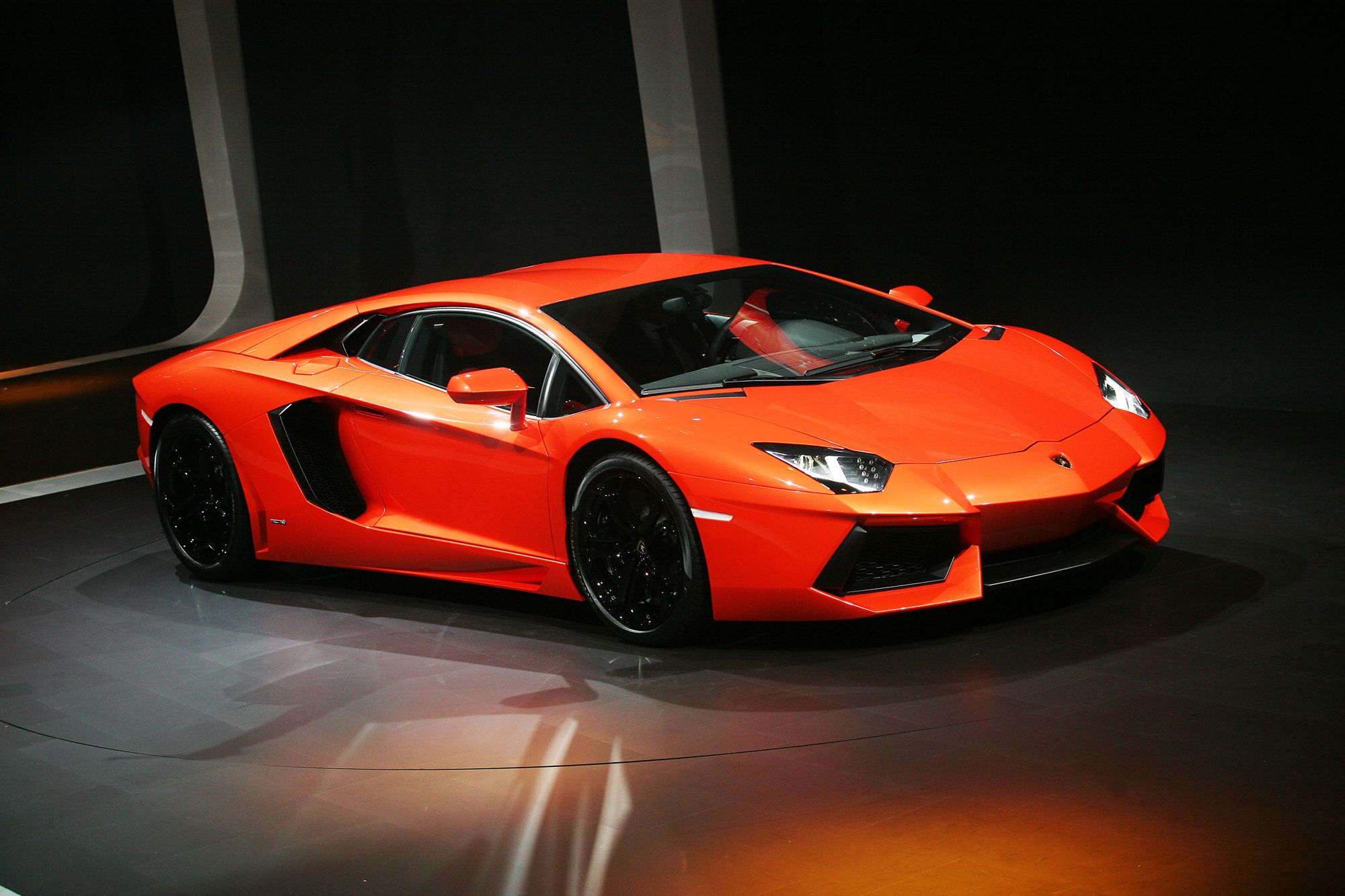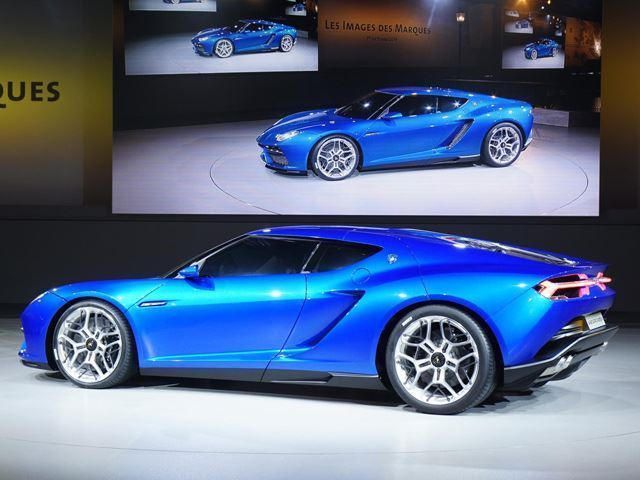
Last September at the Paris Motor Show, Lamborghini rolled out a concept that literally surprised everyone. Despite the fact the Asterion was a GT car, it was also a hybrid. A hybrid, coming from the supercar company that once claimed it would never build such a thing. Times change don't they? Anyway, the overall response to the Asterion was positive and because Lamborghini is part of the VW Group, no opportunity to milk a brand to its full extent is being overlooked here.
Lamborghini boss Stephan Winkelmann, who only last week stated that naturally aspirated engines weren't the brand's future, wants to obviously expand sales and bring in new customers who never considered a Lambo in the past. After witnessing the success stories of the McLaren P1 and Porsche 918, both of whom managed to successfully incorporate hybrid power while maintaining their supercar status, Lamborghini now wants to explore new opportunities. A production-spec Asterion may be its first assault. Lamborghini officials still claim the Asterion is nothing more than a "technology demonstrator."
In reality it combines the Huracan's 5.2-liter V10 and its seven-speed dual-clutch gearbox along with the lower part of the Aventador's carbon fiber monocoque. The front and rear subframes more likely came from the Huracan. In other words, the Asterion is really nothing more than a collection of components taken from the Lamborghini parts bin. Add to all that a lithium ion battery pack and two electric motors on the front axle and you're in business. Autocar claims a production Asterion is not only a very realistic possibility, but that it'd be priced at around £350,000 – a relative bargain when compared to the P1 and 918. It may not be a track animal, but the Asterion doesn't need to be. It would only have to sell and make a nice profit.

